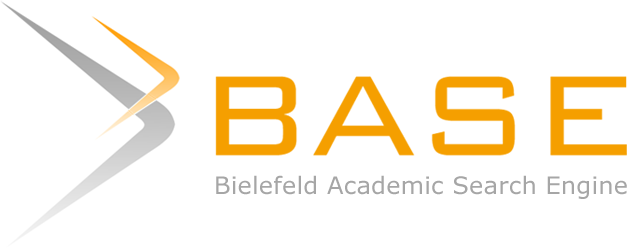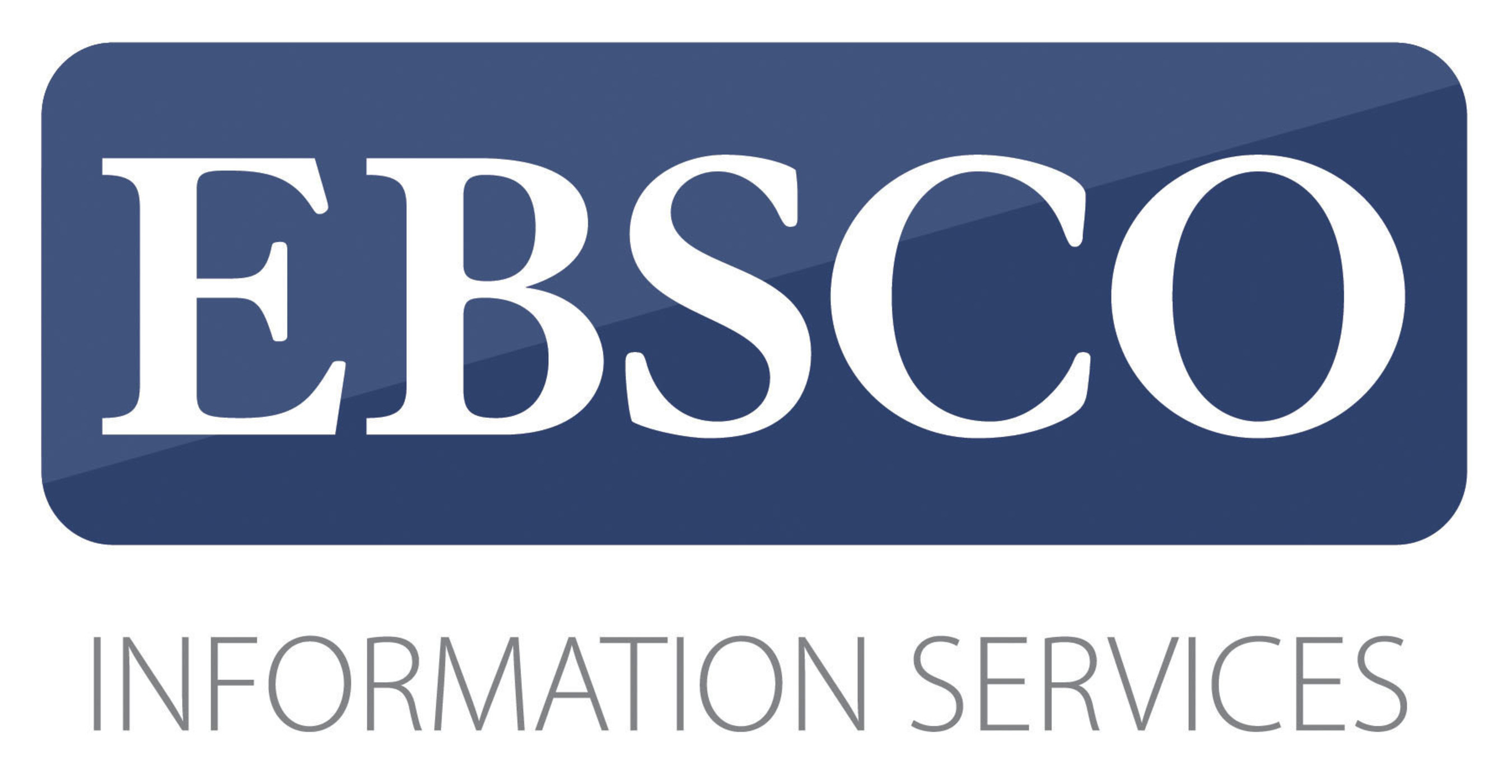Abstract
Agent Orange is a toxic chemical liquid used by the United States military during the Vietnam War in 1955-1975. The use of chemical weapons is classified as a form of crime due to violations of international agreements. This research tries to explain how Agent Orange has become a significant factor in the dynamics of relations between the US and Vietnam. The dynamics will be analyzed using the concept by Immanuel Kant. There are 6 articles that must be done to achieve lasting peace, but this article only discusses articles 1, 5, and 6 which are the basis for the establishment of perpetual peace. Article 1 Perpetual Peace requires a peace agreement that is made as detailed as possible, evidenced by the articles in the 1973 Paris Peace Accord which did not prevent war in the short term, but succeeded in forming a long-term peace scheme. Article 5 Perpetual Peace is also implemented without the intervention of US in Vietnam domestic politics, which until now holds communist ideology. Finally, the US corrective action through the cleaning of the Agent Orange is an embodiment of article 6 of Perpetual Peace. Changes in relations carried out through various collaborations have resulted in a process leading to lasting peace, at least for the US and Vietnam.
References
Arungbudoyo, W. (2017). HISTORIPEDIA: Perjanjian Paris Tandai Kekalahan AS di Vietnam (Online). Okenews, 27 Januari. [Accessed on 12 Maret 2019].
British Institute of International and Comparative Law. (1973). Vietnam. The International and Comparative Law Quarterly 2(22), pp. 379-382.
Brown, F.Z. (2010). Rapprochment Between Vietnam and the United States. Contemporary Southeast Asia 32(3), pp. 317-342.
Carnegie Council for Ethics in International Affairs 2015, Lt. Gen. H. R. McMaster: U.S. Policy Mistakes in the Vietnam War. Online Video, Accessed on 22 Mei 2019,
Cresswell, J. W. (2013). Research Design (Pendekatan Kualitatif, Kuantitaif, dan Mixed) Edisi Revisi. Pustaka Pelajar : Yogyakarta
Franke, M.F.N. (2001). Global Limits : Immanuel Kant, International Relations, and CritiquE of World Politics. Albany : State University of New York Press.
George, A. L. & Bennet, A. (2005). Case Study and Theory of Development in Social Sciences. Belfer Center of Science : Massachusetts.
Gray, C.S. (2007) War, Peace, and International Relations: An Introduction to Strategic History. New York: Routledge.
Hyners, P.H. (2016). The Legacy of Agent Orange in Vietnam, Peace Review, 28:1, 114--122, DOI: 10.1080/10402659.2016.1130415
Jackson, R. & Sorensen, G. (2014), Pengantar Studi Hubungan Internasional: Teori dan Pendekatan Edisi Kelima. Pustaka Pelajar : Yogyakarta.
Kant, I. (1795). Perpetual Peace: A Philosphical Sketch, 25 Mei 2019 .
Kharisma, M.W. (2017). The Philosophical Worth of Liberal Peacebuilding. Global : Jurnal Politik Internasional, 19(1), 1-15
King, P.S. (2010). The Use of Agent Orange in the Vietnam War and Its Effects on the Vietnamese People. Tesis MA. Georgetown University.
Martin, M.F. (2012). Vietnamese Victims of Agent Orange and U.S.-Vietnam Relations. CRS Report.
McCulloch, J. (1984). The politics of Agent Orange: The Australian Experience. California : Heinemann OHCHR 2011, ‘Cambodia – 20 Years On from the Paris Peace Agreements’ United Nations Office of the High Commissioner of Human Rights, 21 Oktober, Accessed on 23 Mei 2019, yearsonfromtheParisPeace.aspx>
Paris Peace Accords. (1973). Tersedia di : https://treaties.un.org/doc/Publication/UNTS/Volume%20935/volume-935-I-13295-English.pdf [Accessed on 16 Maret 2019]
President Trump Live Stream. (2017). President Trump FULL Speech in Vietnam @ APEC CEO Summit 2017 (Online Video). Accessed on: [Diakses 16 Maret 2019].
Rosyidin, M. (2017). Kejahatan Perang: Perspektif Politik dan Hubungan Internasional. Semarang: EF Press Digimedia.
Shivakumar, M.S. (2005). A New Era for Vietnam and US? Economic and Political Weekly 40(31), pp. 3374-3376.
Sprinz, D.F dan Wolinsky, Y. (eds) (2002). Cases, Numbers, Models: International Relations Research Methods. [ Accessed on 12 Februari 2019]
Steans, J. & Pettiford, L. (2009). Hubungan Internasional: Perspektif dan Tema. Yogyakarta: Pustaka Pelajar.
Susanti, D. & Monika, S. (2005). Peran AS dalam Transisi Rejim di Negara Lain: Studi Kasus Afghanistan, Global : Jurnal Politik Internasional, 7(2), 40-56
Stellman, JM. & Stellman SD. (2018). Agent Orange During the Vietnam War: The Lingering Issue of Its Civillian and Military Healtth Impact (Online). [Accessed on 12 September 2018].
The Conversation. (2017). Agent Orange, Exposed: How U.S. Chemical Warfare in
Vietnam Unleashed A Slow-moving Disaster (Online). [Accessed on 16 September 2018].
USAID. (n.d.). Environmental Remediation (Online).[Accessed on 9 Maret 2019].
USAIDVietnam. (2015). U.S., Vietnam Cooperate on Agent Orange/Dioxin Remediation (Online Video). [Accessed on 9 Februari 2019].
Uzych, L. (1991). Agent Orange, the Vietnam War, and Lasting Health Effects. Environmental Health Perspectives 95, pp. 211.
Wilkins, B.T. (2007). Kant on International Relations. Journal of Ethics 11(2), pp. 147
Young, AL. (2009). The History, Use, Disposition and Environmental Fate of Agent Orange. New York: Springer
Recommended Citation
Utama, Bhakti Putra; Pattipeilhy, Shary Charlotte; and Windiani, Reni
(2019)
"Towards Perpetual Peace: The Dynamics of US and Vietnam Relations Since The Settlement of Agent Orange Case in 2000,"
Global: Jurnal Politik Internasional: Vol. 21:
No.
2, Pp. 198-218.
DOI: 10.7454/global.v21i2.394
Available at:
https://scholarhub.ui.ac.id/global/vol21/iss2/3
Included in
Defense and Security Studies Commons, International and Area Studies Commons, International Relations Commons, Law Commons, Political Theory Commons

















